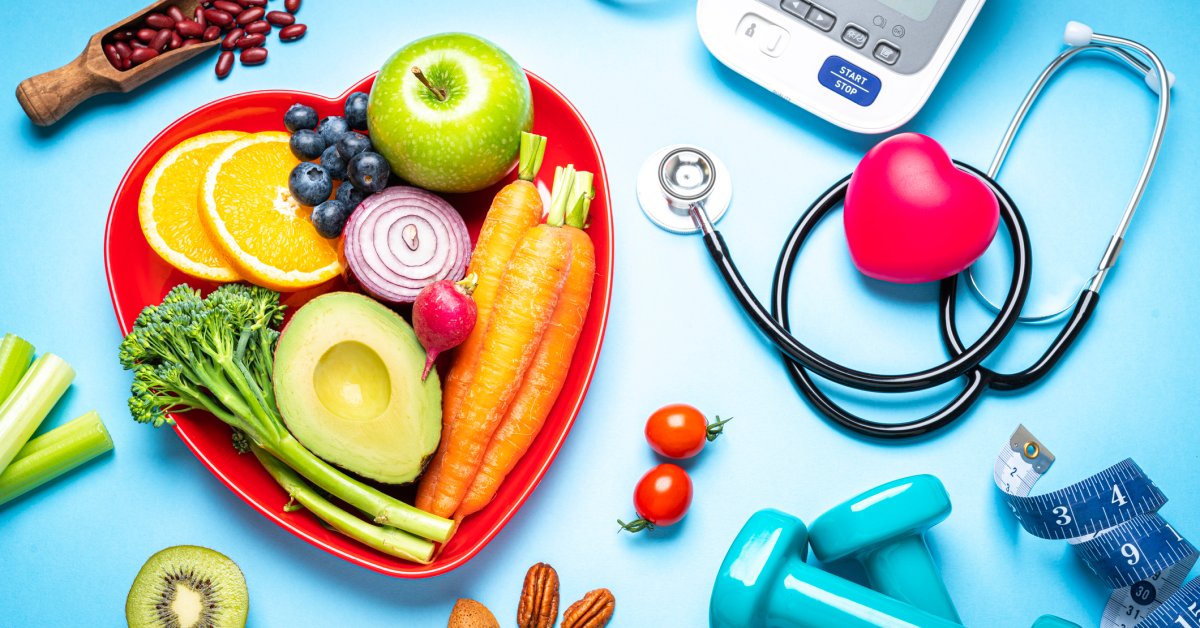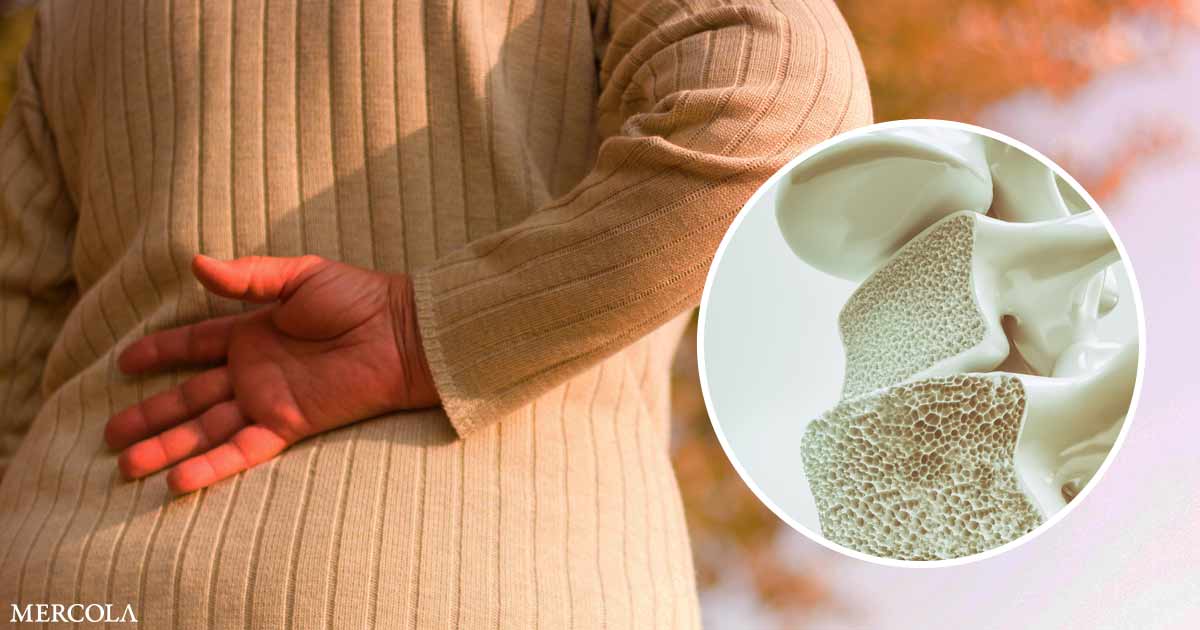
[ad_1]
In the years following World War II, physicians in the U.S. and Europe noticed a surprising phenomenon: rates of heart attack and stroke fell dramatically in many places. Autopsies from this period also revealed reduced rates of atherosclerosis, which is a buildup of fatty arterial plaques that causes cardiovascular disease.
At first, experts were perplexed. But as time passed, many concluded that wartime food deprivations and the forced shifts in people’s diets—namely, big reductions in the consumption of red meat and other animal products—contributed to the heart-health improvements. Later work, particularly the famous Framingham Heart Study, helped establish that blood cholesterol levels, driven in large part by a person’s diet, tended to overlap closely with cardiovascular disease.
The idea that the foods a person eats could raise or lower their risks for unhealthy cholesterol levels and disease was, at first, a radical and controversial one. While there’s ongoing debate about the relationship between red meat and poor health, the links connecting diet, cholesterol, and cardiovascular disease are beyond doubt.
Cholesterol is a waxy compound that your body uses primarily to make hormones and to firm up the walls of cells. “Our body needs some cholesterol for day-to-day functioning, but the amount our body needs is relatively small,” says Dr. Laurence Sperling, the founder and director of the Heart Disease Prevention Center at Emory University in Atlanta.
Different parts of the body, including the brain and the blood, contain cholesterol. It’s the oversupply of cholesterol in the blood, specifically, that causes problems—specifically low-density lipoprotein (LDL), which is also known as “bad cholesterol. Too much LDL in the arteries can “form a fatty streak, which is the precursor of atherosclerotic plaque,” explains Dr. Francine Welty, a cardiologist at Beth Israel Deaconess Medical Center in Boston and former chair of the American Heart Association’s lipid committee. LDL, therefore, is the primary building block of arterial plaque.
The two main diseases associated with clogged arteries—coronary artery disease and cerebrovascular disease—are both among the top three causes of death worldwide. More than 1 in 4 deaths are caused by one of these two conditions, and managing or lowering your blood cholesterol levels is a proven way to prevent these diseases. Sperling says ideal or “target” cholesterol levels vary depending on a person’s age, sex, and health status. But, optimally, you want to keep your LDL cholesterol below 70 mg/dL. While drugs can help people get there—and in some cases may be necessary—he says that non-pharmacological approaches are just as important. “Lifestyle and behavioral approaches are the foundation of cardiovascular prevention for all,” he says.
Here, experts detail the most impactful lifestyle changes to make to lower your cholesterol. A proper diet, they all agree, tops the list.
Read More: Only 7% of Americans Have Optimal Heart Health, Study Says
How to eat to lower your cholesterol
One of the biggest trends in diet and nutrition advice is a movement away from talking about specific micronutrients and optimal daily servings of this or that food group. Instead, nutrition experts now talk a lot more about broad patterns of healthy eating. This means limiting certain foods while prioritizing others, rather than trying to hit narrow targets.
“Something I tell a lot of my patients is that the Greek derivation of diet is diaeta, which means a way of life,” Sperling says. “Dieting shouldn’t be torture, or something you maintain for a month. It should be a meaningful and purposeful change you can extend throughout your life.”
In this spirit, he says one of the most important changes you can make is to pack your meals with lots of fresh fruits, vegetables, nuts, and whole grains. Many of the most effective and evidence-backed cholesterol-lowering eating plans—like the Mediterranean diet—prioritize these foods, he says.
Meanwhile, reducing your intake of animal products—especially red meat and processed dairy foods—is a move that research has repeatedly tied to cholesterol improvements. “I’ve run the lipid prevention clinic at my hospital for 31 years, and the first thing we tell people is to lower their intake of saturated fats,” Welty says. She mentions red meat, butter, and dairy as foods people should aim to cut down on—not eliminate necessarily, but reduce—if they want to improve their cholesterol. Many Americans consume saturated fats, from eggs and dairy products to red meat, with almost every meal. This sort of immoderation is a problem. “The Japanese have some of the lowest rates of cardiovascular disease in the world, and that may be because they eat much less red meat and saturated fat than we do in America,” Welty says.
It’s worth noting that saturated fat is a controversial topic in nutrition research. Some experts have argued that saturated fats get blamed for health problems that are likely caused by processed meats, refined carbohydrates (like those found in sugary or packaged foods), and the trans fats in fast foods and some packaged snacks. Others have argued that if people avoid meat and dairy but end up eating more processed or refined carbs, that’s an unhealthy trade. On the other hand, experts generally agree that trading saturated fats for some of the healthy foods mentioned above—such as fruits, vegetables, and nuts—is a highly effective way to improve your cholesterol scores and heart health. “If you decrease the saturated fat in your diet, that’s one of the best ways to lower LDL,” Welty says.
She adds that protein-rich soy-based products—from tofu to soy milks and yogurts—may also be good substitutes for meat, butter, milk, and other conventional saturated fat sources. “People in America are fixated on protein, but Americans don’t really like to eat soy products,” she says. This is unfortunate because research stretching back several decades has linked soy to improved heart health and lower blood cholesterol levels. “If you need to replace saturated fats with other proteins, soy would be a good option,” she says.
Exchanging foods with hooves for foods with feathers or flippers is another good idea. “Replacing red meat and pork with fish and chicken is something we often recommend,” Welty says. In particular, fatty fish such as salmon, mackerel, and herring are heart-healthy choices.
On the other hand, experts say fish oil—a popular health supplement—is not a helpful addition to your regimen. “Fish oil does not lower bad cholesterol,” says Dr. Leslie Cho, director of the Cleveland Clinic’s Women’s Cardiovascular Center. She says that some prescription fish oil supplements can help lower triglycerides, so doctors sometimes recommend them. But commercial fish oil supplements have been linked to an increased risk for abnormal heart rhythms and should be avoided.
Last but not least, Cho says that getting plenty of fiber in your diet—something most Americans fail to do—is extremely important. “Fiber can bind to dietary cholesterol and eliminate it from the body,” she says. “We want you to aim for 25 grams of soluble fiber per day.” This is possible if you’re eating a lot of whole vegetables, fruits, and healthy whole grains like oatmeal or flaxseed. But supplements can also help you get there. Cho says ground psyllium seed—sold under the brand name Metamucil, and also in less-expensive (but identical) generic products—is a helpful source of soluble fiber that can reduce your LDL levels.
Read More: What to Know About High Cholesterol in Kids
Non-diet approaches to improving cholesterol
While lowering your LDL scores should be your primary focus, improving your levels of high-density lipoprotein (HDL) cholesterol—also known as the “good” kind of cholesterol—is also important. “HDL sucks cholesterol from blood vessels like a vacuum,” Cho explains.
Exercise is one way to pump up your HDL levels. “It can raise your good cholesterol and also lower triglycerides,” another type of blood fat linked with cardiovascular problems, Sperling says.
However, when it comes to the best type of exercise for your cholesterol, the research is all over the place. One review of studies, published in 2020 in the journal Systematic Review, found that yoga has the strongest evidence in favor of its cholesterol-improving benefits. While many other types of exercise are undeniably good for your heart and vascular system—and some, like swimming and cycling, have been found to reduce cholesterol—more research is needed to determine which are the best at shifting cholesterol scores.
Some of Sperling’s research has also examined the benefits of intermittent fasting on cholesterol levels. Intermittent fasting plans come in a lot of different forms, but one type (known as time-restricted eating) has generated a lot of promising research findings. Time-restricted feeding involves a daily fast, usually anywhere from 12 to 16 hours, while the rest of the day is open for normal eating. For example, you might eat lunch, dinner, and snacks between the hours of noon and 8 p.m. But the rest of the day, you avoid all caloric foods and beverages. Time-restricted eating has been linked to significant weight loss—which often improves cholesterol scores—as well as lower LDL and total cholesterol.
There are other ways to improve your cholesterol naturally. But focusing on what and how you eat, as well as your exercise habits, is what experts say matter most.
Don’t wait to start
While the health problems associated with high cholesterol and clogged arteries often don’t show up until a person’s 50s or 60s, the underlying plaque build-up often begins decades earlier—in some cases, during a person’s 20s.
Researchers have found that taking steps to lower your cholesterol earlier in life, before that plaque buildup gains momentum, could lead to three-fold reductions in cardiovascular disease compared to delaying these healthy changes until middle age. “The results of our study suggest that an effective primary prevention strategy may be to place greater emphasis on a healthy diet and regular exercise beginning early in life,” wrote the authors of a 2012 study in the Journal of the American College of Cardiology.
Sperling agrees, and says you could think of cholesterol health as similar to an investment portfolio: the earlier you start, the greater the eventual profit. “You want to start in your 20s, not your 40s,” he says.
Even if it’s too late to start early, the most important thing is to start. Cho says that changing diet and lifestyle to lower cholesterol can, for example, help those who have heart disease and are already taking cholesterol-lowering medications to avoid stronger drugs and the side-effects they may cause, such as joint pain and muscle spasms. “If you can make changes that prevent you from having to increase your dose, that’s a good thing,” she says.
Read More: High Blood Pressure and Diabetes Are Linked. Here’s How to Reduce Your Risk for Both
Cholesterol problems are one of the most common age-related risk factors for heart disease. While drugs can help, improving your eating and exercise habits can save your heart and vascular system from potentially life-threatening risks.
More Must-Read Stories From TIME
[ad_2]
Source link





No comment yet, add your voice below!